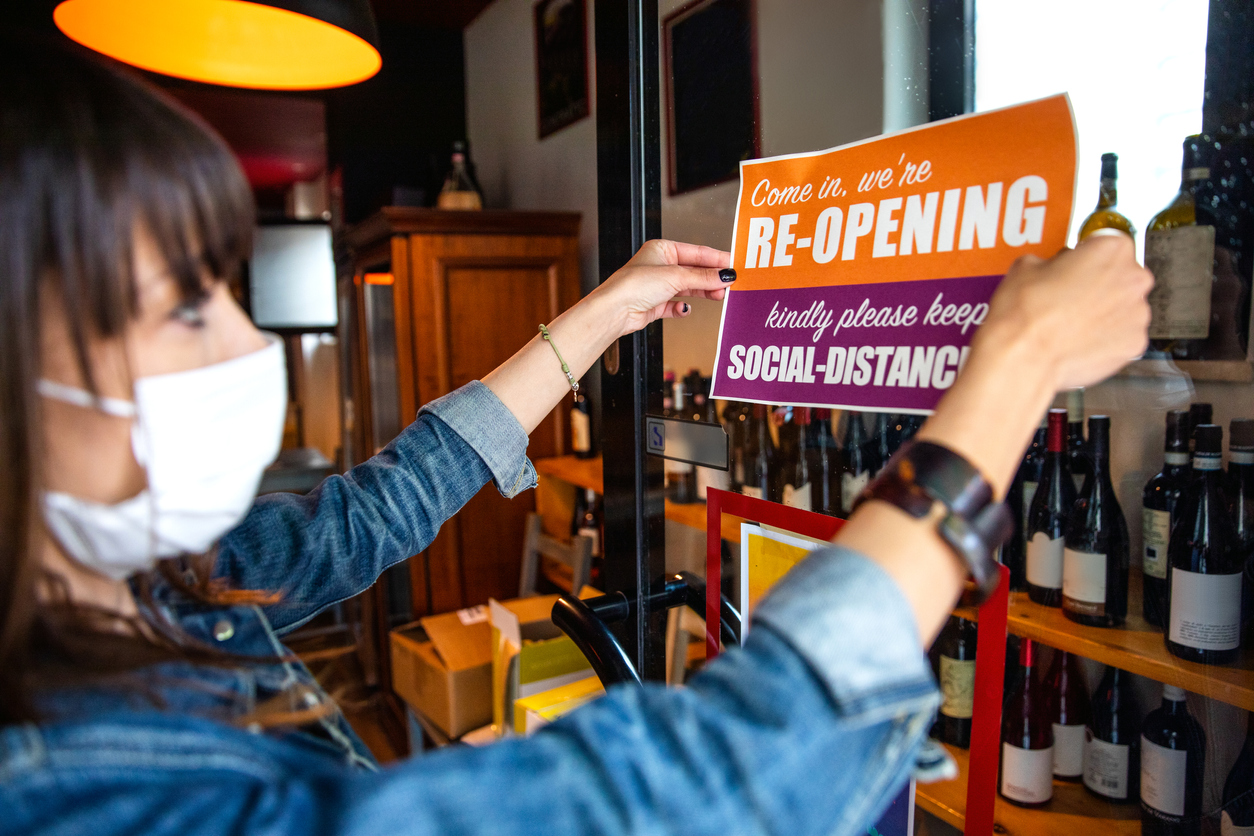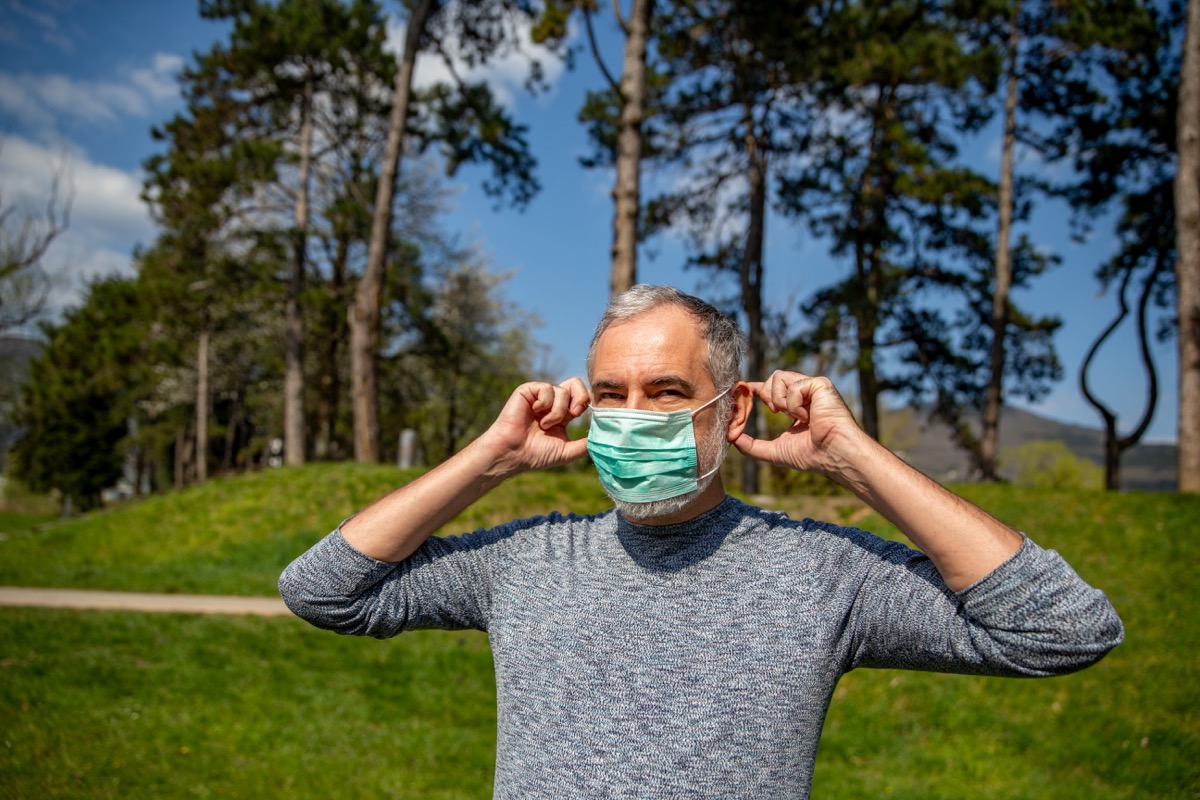The study, which was recently peer-reviewed and published in the journal Proceedings of the National Academy of Science of the United States of America, comes from a pair of researchers at MIT who set out to quantify the exposure risks presented by COVID when indoors. After considering factors such as crowd size, mask use, the amount of time spent indoors, vaccination levels, air circulation, and activity such as speaking or singing, results showed that practicing social distancing inside provided practically no protection from the spread of the virus. “We argue there really isn’t much of a benefit to the six-foot rule, especially when people are wearing masks,” Martin Z. Bazant, PhD, one of the study’s authors who teaches chemical engineering and applied mathematics at MIT, said during an interview with CNBC. “It really has no physical basis because the air a person is breathing while wearing a mask tends to rise and comes down elsewhere in the room, so you’re more exposed to the average background than you are to a person at a distance.” And for more on the effects of the virus, know that COVID Leaves This in Your Body Even If You’re Asymptomatic, New Study Says. Bazant explains that current public health guidelines have focused on the wrong elements that would actually keep people safe. “This emphasis on distancing has been really misplaced from the very beginning,” Bazant told CNBC, saying that “the CDC or WHO (World Health Organization) have never really provided justification for it.” Instead, most of their recommendations for capacity control and spacing are based on how particles could be spread while coughing or sneezing, despite that most people who spread the virus are asymptomatic. “The distancing isn’t helping you that much and it’s also giving you a false sense of security because you’re as safe at six feet as you are at 60 feet if you’re indoors. Everyone in that space is at roughly the same risk, actually,” he pointed out. And for more on where you shouldn’t be after getting your shots, The CDC Is Warning You to Avoid This One Place, Even If You’re Vaccinated. The study also pointed out that while indoor capacity restrictions may help keep people from bumping up against one another, it’s actually the amount of time spent in the space that increases the risk of infection. According to their projections, even as many as 20 people inside a smaller space could be safe if capped to about a minute. However, the same group spending hours inside would vastly increase their likelihood of catching COVID.ae0fcc31ae342fd3a1346ebb1f342fcb “What our analysis continues to show is that many spaces that have been shut down in fact don’t need to be. Oftentimes the space is large enough, the ventilation is good enough, the amount of time people spend together is such that those spaces can be safely operated even at full capacity and the scientific support for reduced capacity in those spaces is really not very good,” Bazant told CNBC. “I think if you run the numbers, even right now for many types of spaces you’d find that there is not a need for occupancy restrictions.” And for more COVID news sent right to your inbox, sign up for our daily newsletter. While his study may focus on indoor transmission risk, Bazant also talked about social distancing and wearing masks outdoors as a safety precaution. He said that, without the dangers created by low ventilation, there were only certain instances where it would be a problem. “If you look at the airflow outside, the infected air would be swept away and very unlikely to cause transmission. There are very few recorded instances of outdoor transmission,” he explained. “Crowded spaces outdoor could be an issue, but if people are keeping a reasonable distance of three feet outside, I feel pretty comfortable with that even without masks frankly.” And for more on what the future of COVID might look like, Pfizer’s CEO Just Said How Often You’ll Need a COVID Vaccine.



